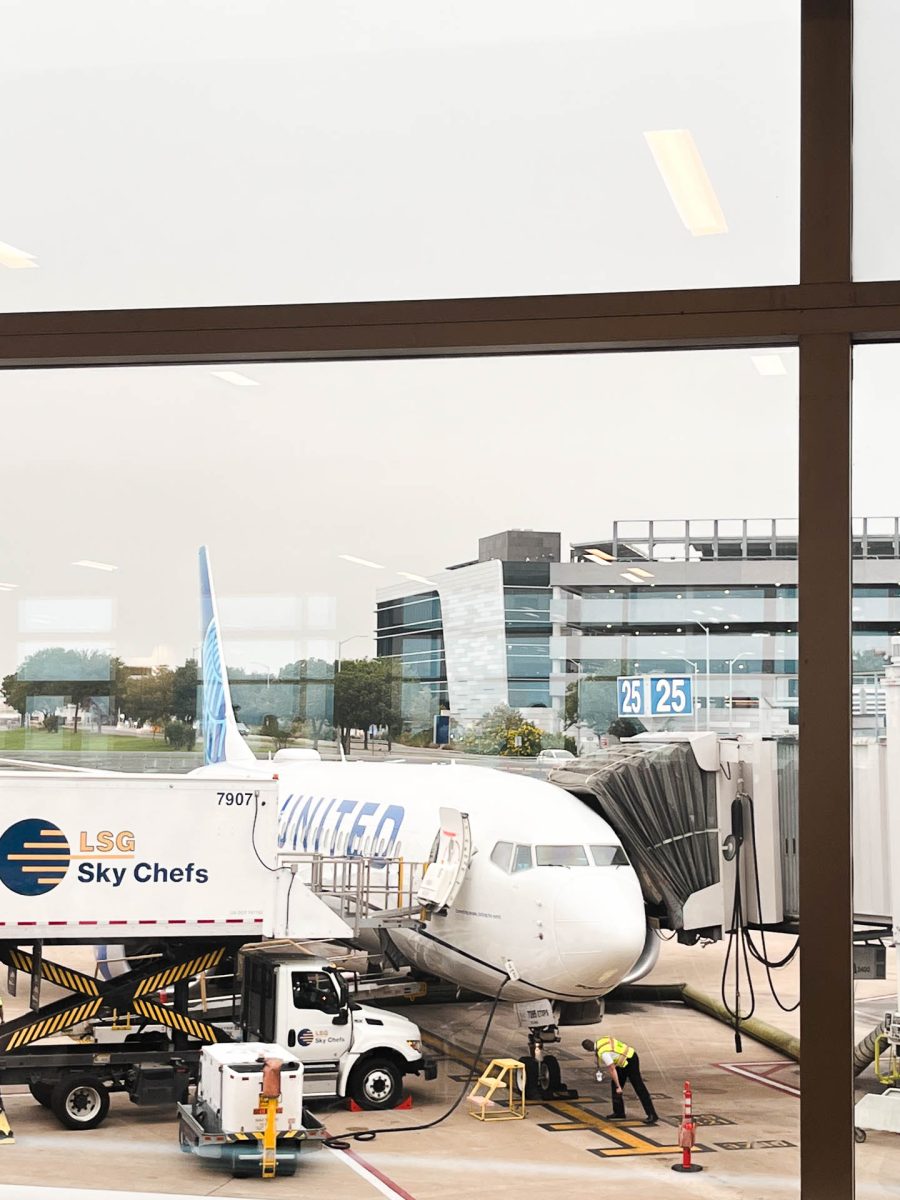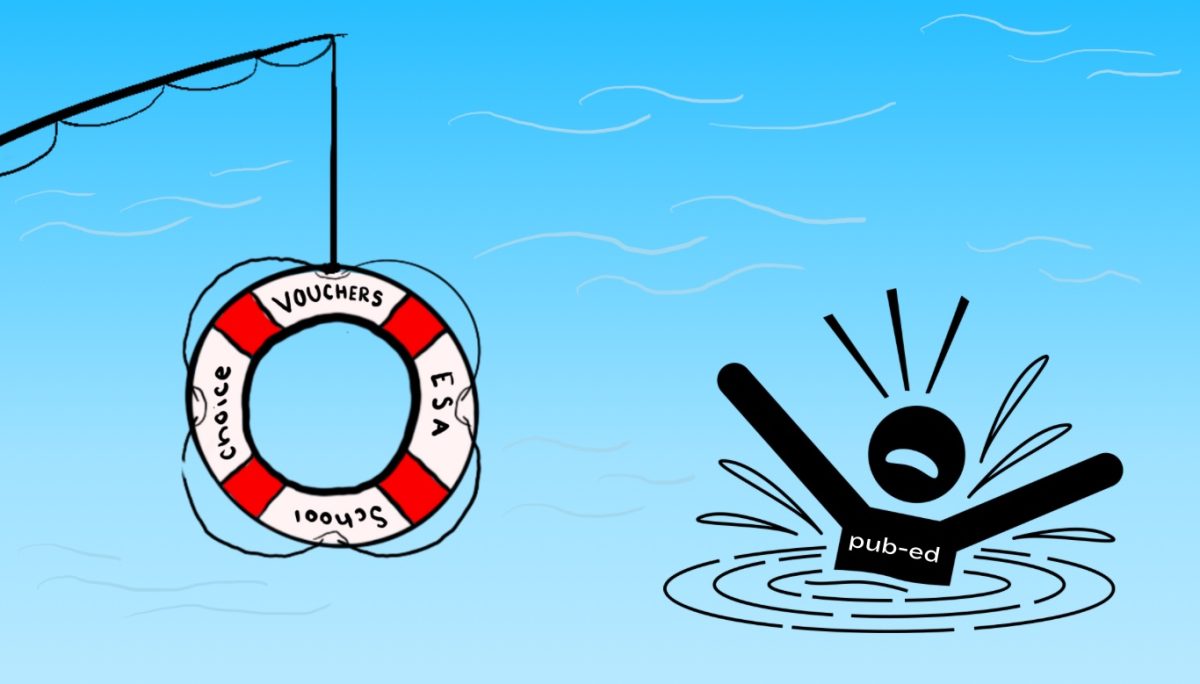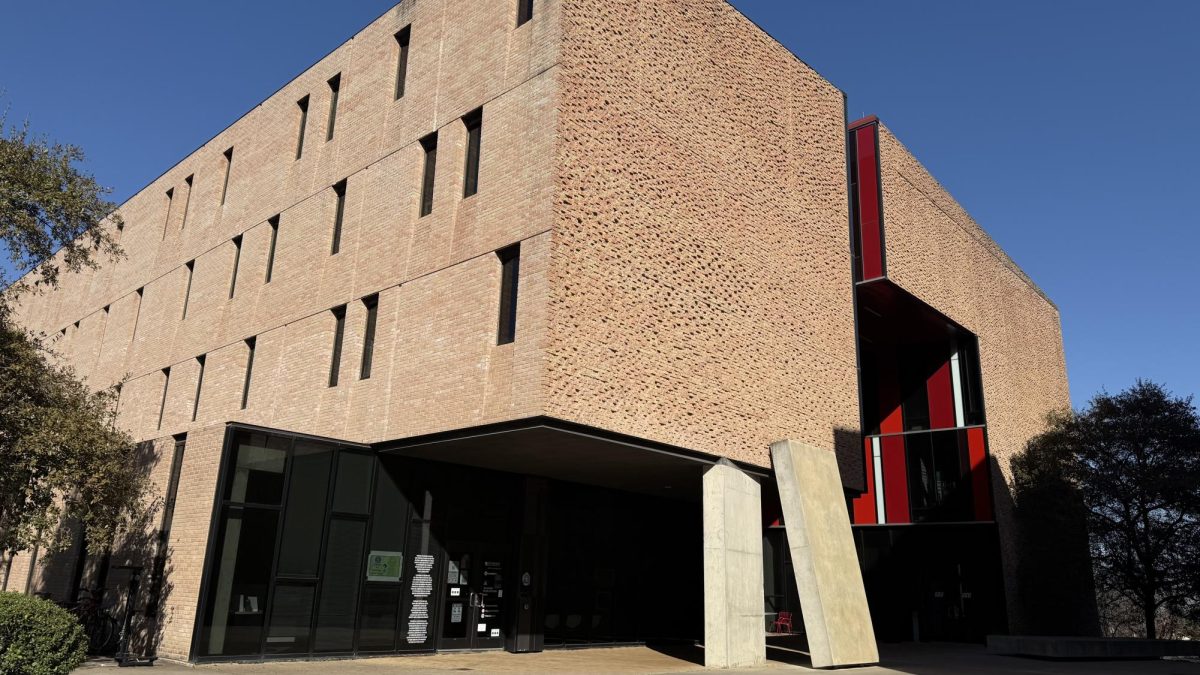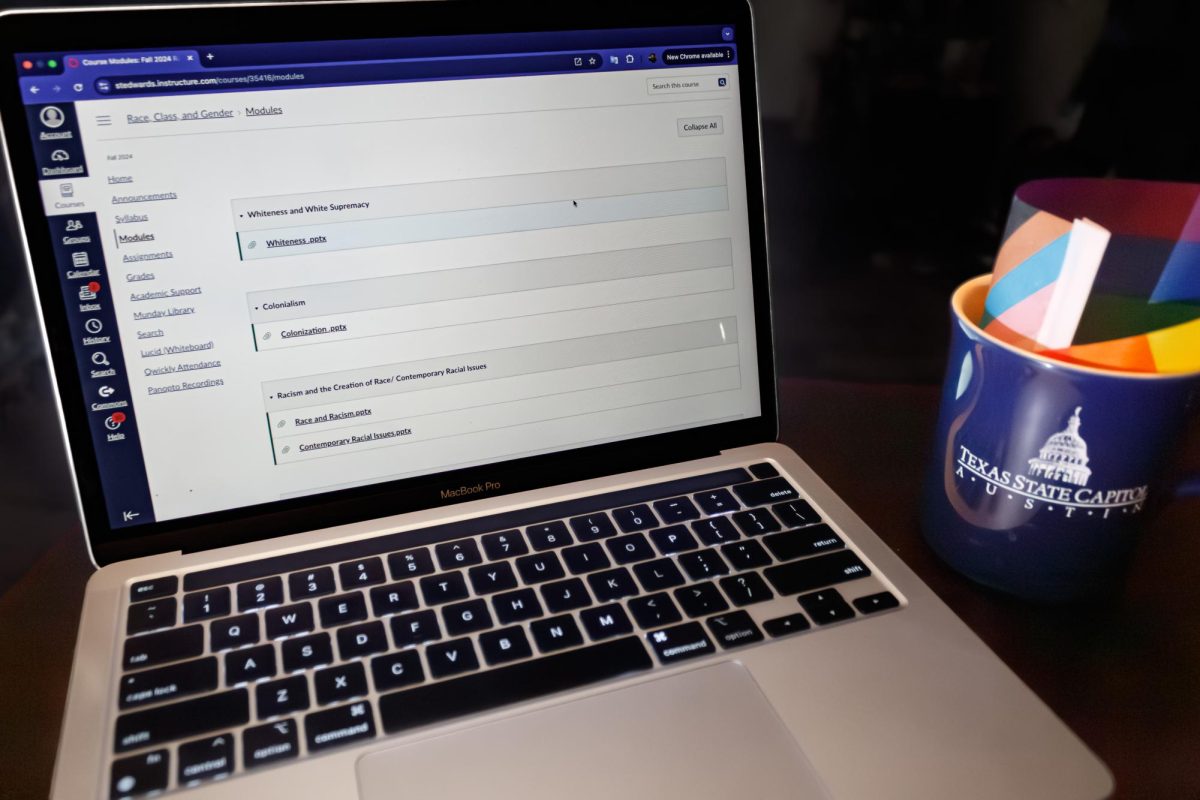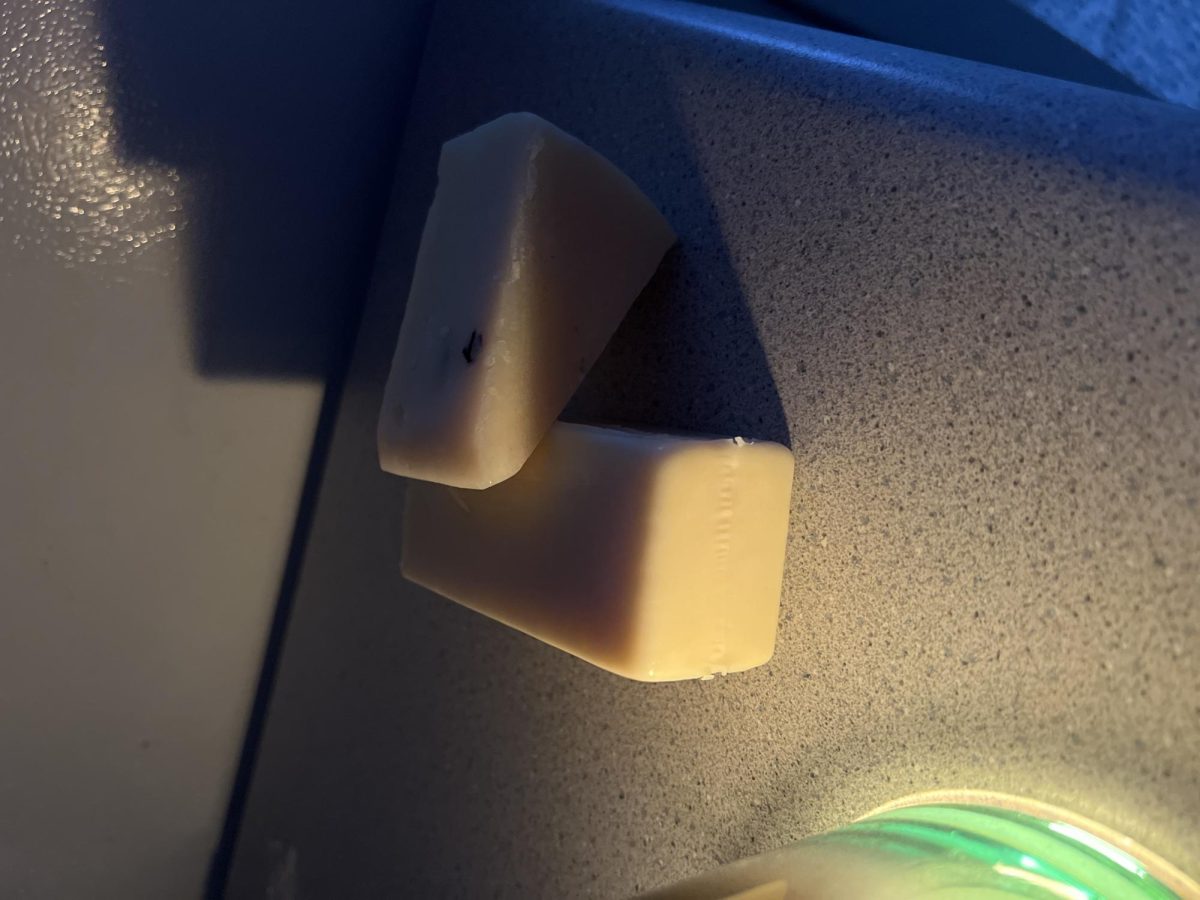If any airplane producer has had a bad past few years, it’s Boeing. Spanning from the grounding of the entire 737 MAX fleet in the late 2010s to the CEO of Boeing announcing plans to step down as the company’s management, things are getting shaken up. But is there something really going on with the fleet of aircraft and possibly the company? I think so — and I’ve got a few reasons why.
That reason is that I’ve been on a 737 MAX, and boy, do I have a story for you.
I was aboard United Airlines 2440 which was flying from Chicago to Austin on Oct. 15, 2023. The aircraft was specifically a 737 MAX 8. As we were preparing to taxi onto the runway, I noticed the lights were flickering aboard the aircraft, and the entire plane seemed to shut off for a few moments before reactivating. This left me and several other passengers in my line of sight perplexed.
After this sudden incident, we returned to our gate and were delayed due to “a technical issue aboard your plane,” I was told via SMS. After about an hour, we were able to reboard the aircraft and take off for Austin at around 2:25 p.m. During the flight, the flickering of the light sporadically persisted, which left the on-board atmosphere a bit tense. However, we were able to land safely at around 5 p.m.
Honestly, kudos to the United team for taking the time to service the craft and doing their due diligence to make sure we would be able to fly that day. Sure, the flickering lights were suboptimal and a bit nerve racking, but we made it to our destination. But given recent events, I don’t think that United are the ones at fault given the rather interesting history of Boeing’s 737 MAX line of aircraft.
The 737 was created to compete with Airbus A320 and was officially launched in 2017. But it wasn’t long before the 737 MAX had a flurry of two major incidents: the crash of Lion Air Flight 610 on Oct. 19, 2018 and Ethiopian Airlines Flight 302 on March 10, 2019. Following these two major incidents, the 737 MAX fleet was officially grounded worldwide on March 13, 2019. After its initial grounding, the 737 MAX was returned to service globally on Dec. 9, 2020.
But the story doesn’t end there.
On Jan. 5, 2024, Alaska Airlines Flight 1282 narrowly avoided disaster when one of its doors blew off, causing the aircraft to suffer an uncontrolled decompression. Thankfully, the pilots were able to perform an emergency landing in Portland, Oregon. All passengers and crew survived, but this put Boeing under the limelight once again.
What this tells fliers is that Boeing’s aircraft, specifically the 737 MAX series, has a bad reputation. Beyond my own isolated and thankfully minor experience it seems that this is a recent trend that has stretched the globe and, despite the planes being allowed to fly once more, incidents are still occurring. At this point it leads me to believe that Boeing is being risky with public safety blatantly after their first bout of tragedies. Did regulators not crunch down on Boeing hard enough the first time? To me, it really seems that way and it appears I’m not the only one with that conclusion and certainly not the first.
Of all the proponents putting Boeing under the limelight was a whistleblower named John Barnett who had worked for Boeing for 32 years and left due to dissatisfaction with the lack of safety he claims to have witnessed. After retiring in 2017, Barnett began publicly voicing concerns regarding perceived safety issues inside of Boeing and his ongoing legal action against the company. Unfortunately, Barnett was found dead from a gunshot wound on March 9, which, according to a coroner’s report, appears to have been self-inflicted. At the time, Barnett was in Charleston, South Carolina for legal interviews connected to the active lawsuit against Boeing.
Now, it appears that both the CEO and two other senior executives are jumping ship in light of intense scrutiny of the company due to its manufacturing and safety processes. Sure, I think something’s up. Is it gross negligence? Cutting corners? I’m not sure exactly. All I can do is hope that the experts attached to the FAA investigation can dig deep and find out what is really going on inside Boeing.


